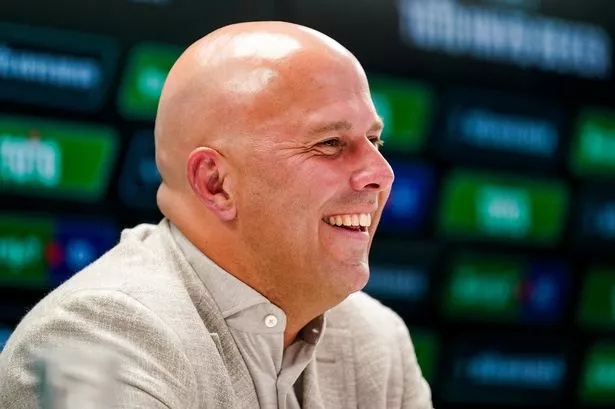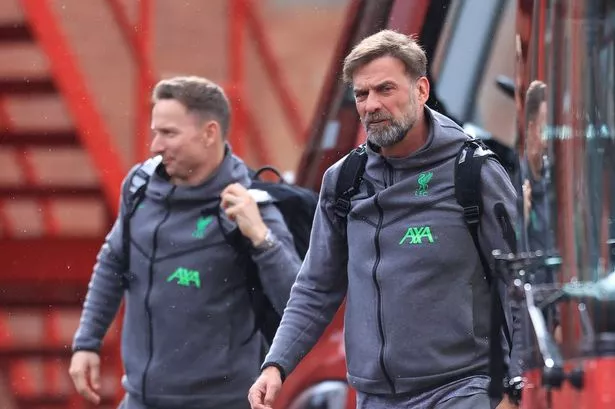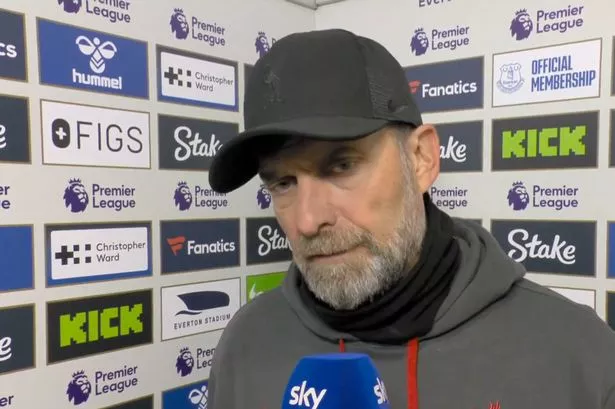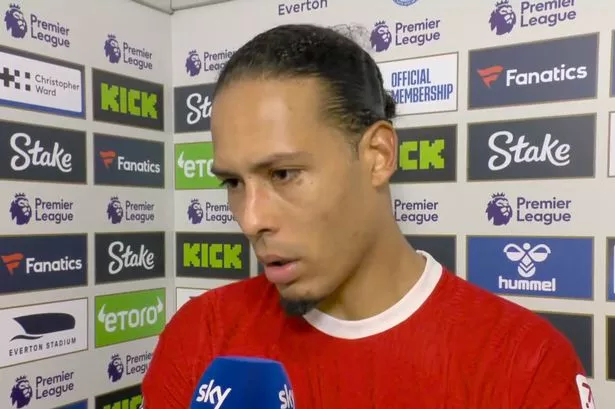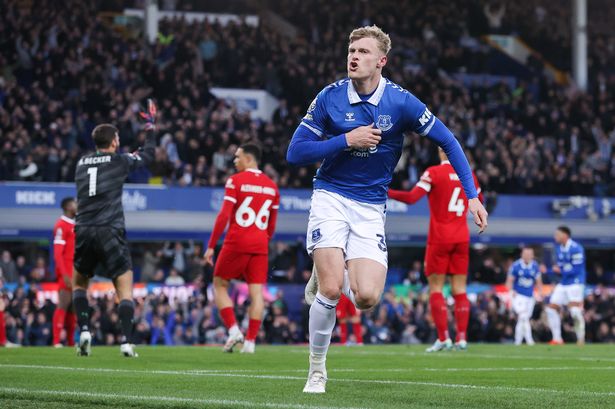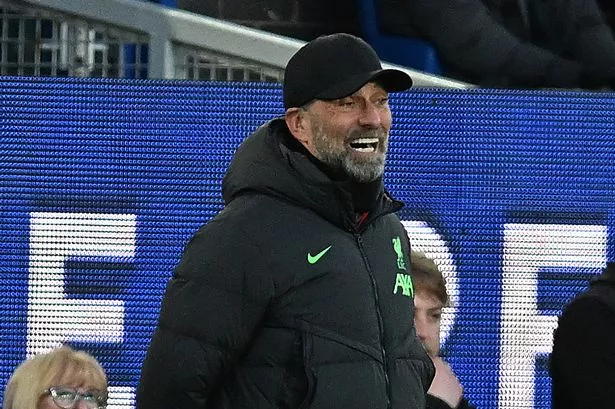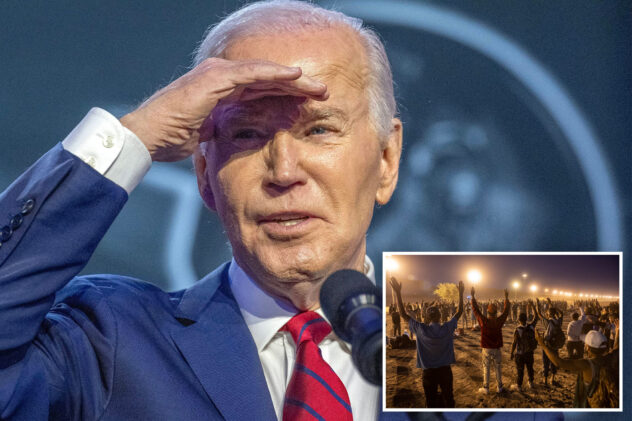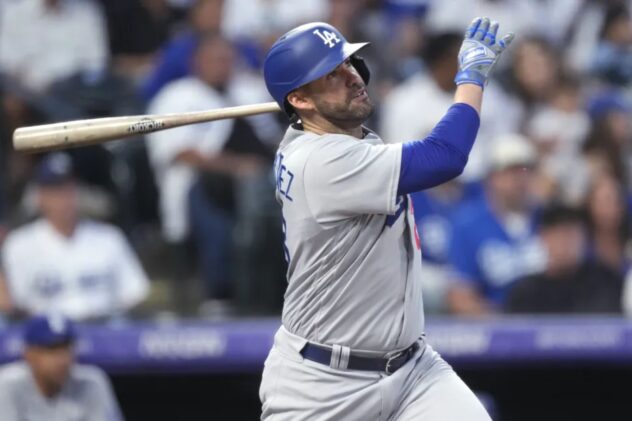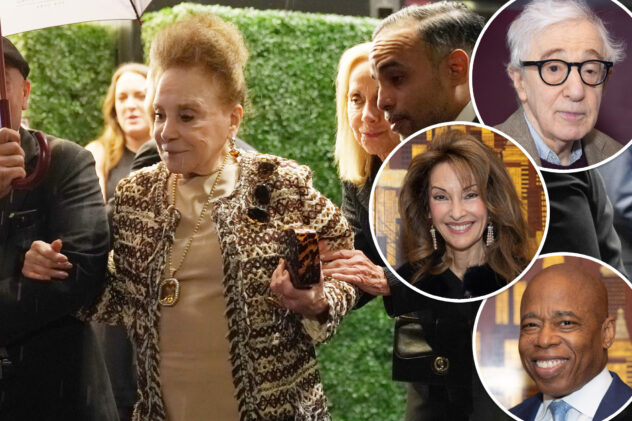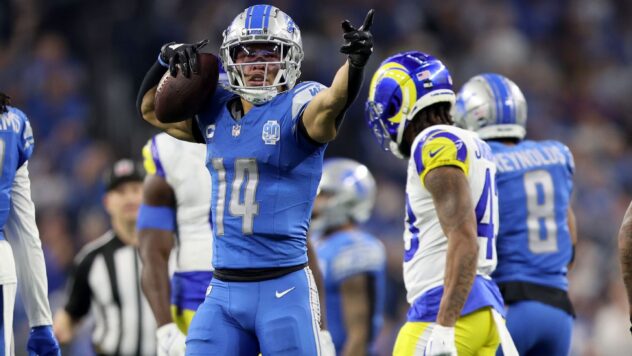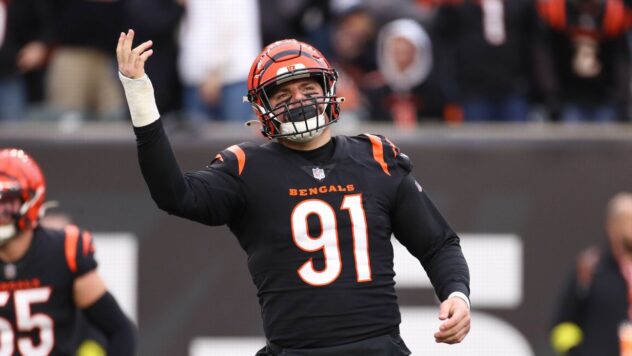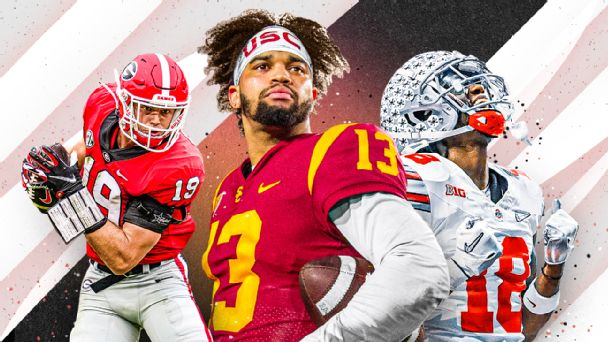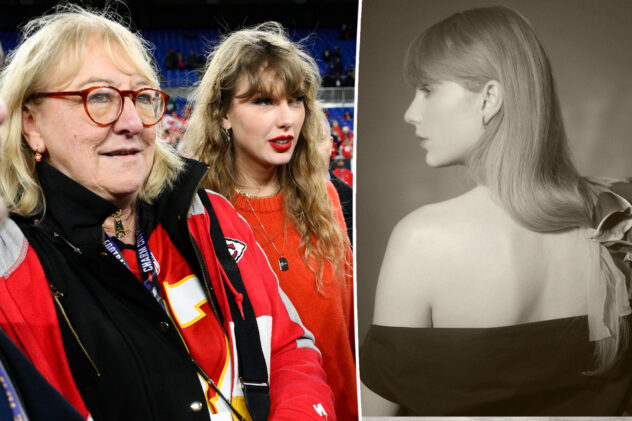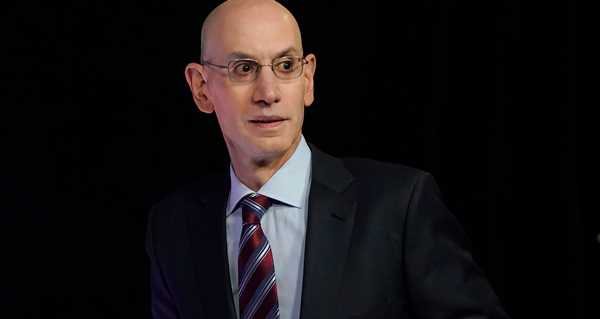“Back where they belong” – Liverpool rise from Second Division for the third and final time
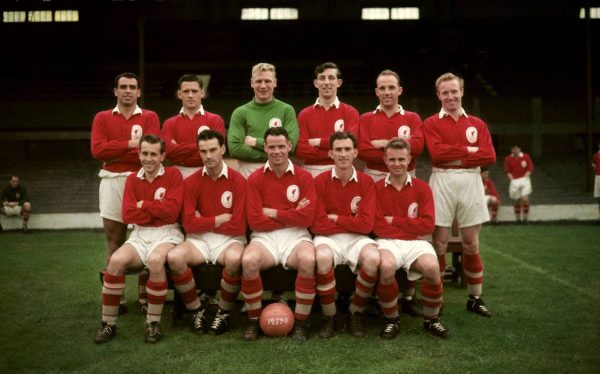
Liverpool would spend seven seasons suffering in an inescapable prison in the Second Division, before magic number eight rolled around in 1961/62 to see the club return to its rightful place.
Following on from Liverpool’s title triumph against all odds in the first season post the conclusion of the Second World War in 1946/47, a slippery slope down to the Second Division awaited.
In the six seasons after the Reds clinched their fifth First Division title, four finishes outside of the top ten followed, where an eighth-place was as good as it got before the lowliest of lows in 1953/54 when just 28 points were claimed, consigning Liverpool to a last-place finish and relegation.
It was the third, and last, drop down the divisions, but unlike the Reds’ previous experiences there would be no immediate return to the top-flight.
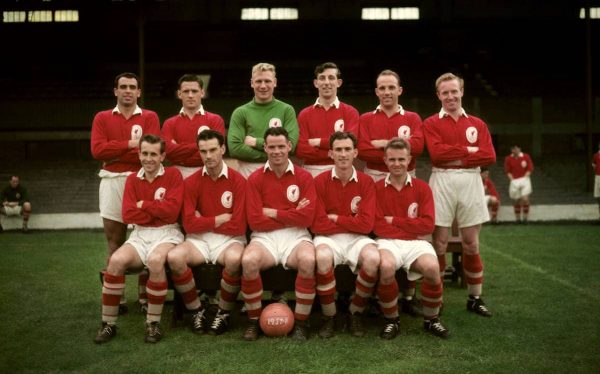
Instead, eight seasons were spent adrift from the First Division as the club paid the price for a downward spiral which left Liverpool in a state of disarray.
A reluctance to part with funds needed to invest in the squad, Anfield in disrepair and a boardroom which “riddled with complacency,” like many other English clubs at the time, left Liverpool with an almighty job to turn their fortunes around.
An 11th place finish in their first season in the Second Division proved as much and while subsequent seasons would not see the Reds drop below fourth, it remained an uphill battle to return to the top.
And there was only one man for the job, a man who would become a legendary figure and a standard-bearer for the future success Liverpool Football Club would go on to experience.
Bill Shankly. The Scot arrived in 1959, and believed he was the man to make the difference, which some of his famous words, which are etched onto his statue outside the Kop, proclaimed:
“I fought the battles inside and outside. I was interested in only one thing, success for the club. And that meant success for the people. I wanted results for the club, for the love of the game, to make the people happy.”
Shankly would temporarily remain at Huddersfield for the early months of the 1959/60 season, before officially taking over the helm on December 14, 1959, by which point the Reds were sat in eighth place.
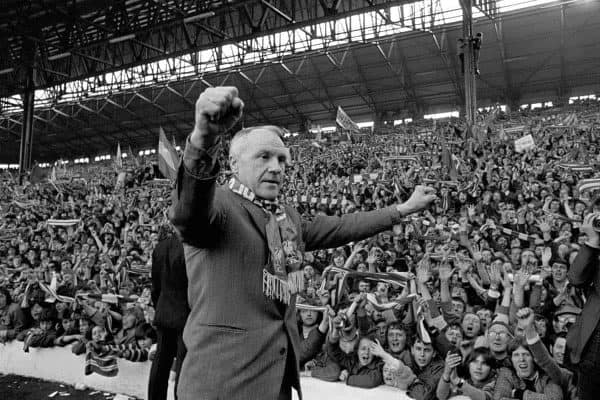
And he got straight to work, grabbing the club by the scruff of its neck.
While two convincing defeats would come in an inauspicious start to life at Liverpool, Shankly’s work transcended the results on the field as he would oversee projects like a new paint job at Melwood and the plumbing of the toilets at Anfield.
It was all part of the package and after finance director Eric Sawyer convinced the board to part with funds to invest into the team, the foundations for the escape from the Second Division were being laid.
It took time, however, as his first season would see Liverpool finish third, a feat he would replicate in his first full campaign at the helm.
But it was in the summer of 1961 when the Shankly revolution was truly set in motion, as the capture of Ron Yeats and Ian St John, for a combined fee in the region of £60,000, established what would be the ‘corner-stone’ of Shankly’s side.
And after being trapped in the prison which was the Second Division for eight seasons, the 1961/62 season would be the last spent on the periphery of the topflight.
After all the hard-ships the club had to endure during the 1950s, Liverpool climbed out of, what has seemed an unescapable hole, with relative ease.
In the first 11 games, the Reds dropped points just once – a scoreless draw at Brighton – to set a commanding pace atop of the table, a position they would not relinquish for the entire season.
Shankly had rallied his troops and the home faithful as he ensured Anfield were the 12th-man and made it so they were intrinsically part of the team’s success. Liverpool did not lose at Anfield that season.
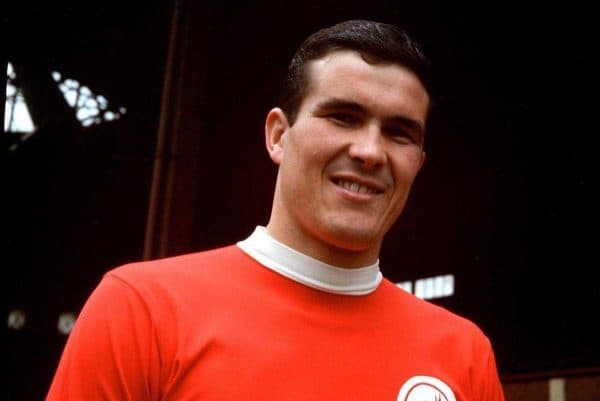
Of the 15 times Liverpool dropped points in the 42-game season, seven defeats and eight draws, only three were on home soil.
Shankly’s new training regime, the sheer dominance of Yeats in defence and the prowess of St John and Roger Hunt in attack had paved the way for the club to secure promotion with five games to spare when they hosted Southampton on April 24, 1962.
It was a rain-sodden afternoon at Anfield, which kept the crowd down to 40,000 rather than the 50,000 many had expected, where Kevin Lewis’ first-half brace clinched the Second Division title and with it promotion.
A sense of irony surrounded Lewis’ heroics in it all as he had only been handed a starting berth due to the suspension of St John, who, despite being prohibited from the ground, would find himself in and amongst the lap of honour as he simply “could not have stayed away…waiting at the end of a telephone line” to find out the result.
Liverpool were “back where they belong” as so many news reports would later state, with Shankly noting that their return to the top marked “the proudest moment of my life.”
The Reds scored 99 goals and conceded just 43 in their 42 league games to secure their long-awaited promotion, and it was only up from there as merely two years later they would be the champions of England.

